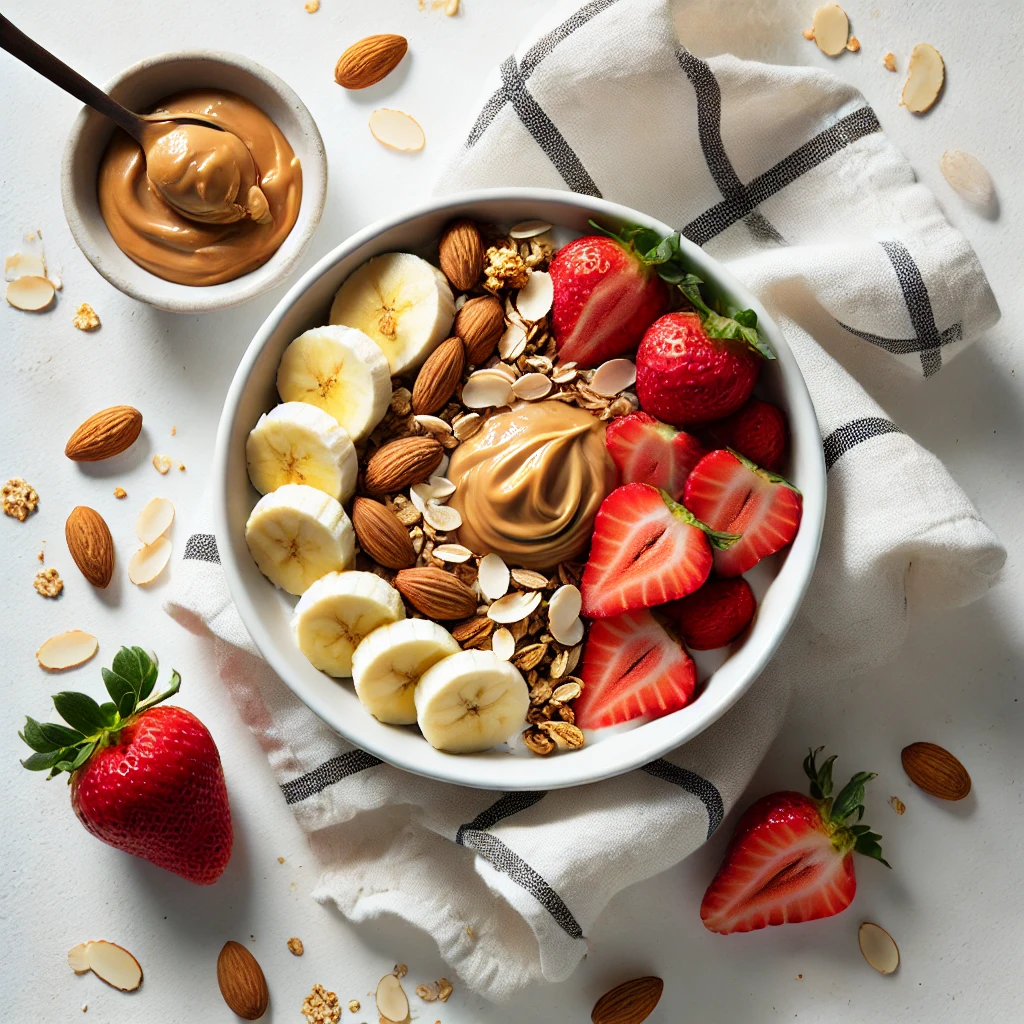Essential Guide to Daily Fiber Requirements
Published Date: July 22, 2024
Key Takeaways:
- Fiber is vital for overall health.
- Only about 5% of Americans consume enough fiber.
- The recommended daily intake is a minimum of 21 grams.
- There are two main types: soluble and insoluble fiber.
- Fiber regulates digestion, promotes bowel health, and can help control blood sugar levels.
- Adequate fiber intake supports weight management and can contribute to a healthy body weight.
- High-fiber foods include beans, whole grains, fruits, and vegetables.
Why Fiber Matters
While fiber may not be as buzzworthy as protein or omega-3 fatty acids, it plays a crucial role in maintaining good health. The USDA has classified fiber as a “nutrient of concern” since 2005 due to widespread deficiencies in the typical American diet. Only about 5% of Americans meet the daily recommended intake, averaging a mere 17 grams per day instead of the suggested 25–38 grams.
Fiber supports blood sugar control, heart health, reduces the risk of colorectal cancer, and can even assist in weight management and lowering mortality risks.
What is Dietary Fiber?
Dietary fiber is a carbohydrate found in plant-based foods that our bodies cannot fully digest. Unlike proteins, sugars, and fats, fiber passes through our digestive system largely intact, providing a range of health benefits along the way.
Two Main Types of Fiber:
Soluble Fiber
This type of fiber dissolves in water to form a gel-like substance. You can find it in foods such as oats, beans, lentils, peas, apples, and citrus fruits. Its benefits include:- Blood Sugar Control: Slows down sugar absorption, preventing blood sugar spikes.
- Cholesterol Reduction: Helps lower LDL cholesterol levels.
- Increased Satiety: Keeps you feeling full for longer periods.
Insoluble Fiber
Insoluble fiber does not dissolve in water. It acts like a natural “broom,” helping to move food through your digestive system and preventing constipation. Sources include whole grains, legumes, vegetables, especially leafy greens and root vegetables.
Benefits of Eating Enough Fiber
Meeting your daily fiber intake has numerous health advantages:
- Encourages gut-friendly microflora growth
- Enhances immune function
- Prevents blood sugar spikes
- Regulates cholesterol levels
- Lowers risk of heart disease and type 2 diabetes
- Aids in weight management and can contribute to weight loss
Types of Fiber-Rich Foods
It can be easy to underestimate your fiber intake. Incorporate a variety of fiber-rich foods in your diet for optimal health:
- Legumes: A cup of cooked lentils contains over 15 grams of fiber.
- Fruits: Apples (with skin), berries, and pears are great sources, with a medium apple providing around 4.5 grams.
- Vegetables: Vegetables such as artichokes, broccoli, and avocados pack a fiber punch. One avocado can contain over 13 grams of fiber.
- Whole Grains: Whole grains like brown rice and quinoa are excellent. One cup of cooked quinoa provides around 5.2 grams of fiber.
- Nuts and Seeds: Almonds, chia seeds, pistachios, and sunflower kernels offer fiber. For example, a quarter cup of almonds has roughly 3.5 grams.
Pro Tip: When shopping, read nutrition labels to ensure you are choosing foods high in fiber, especially whole grains over refined options.
Daily Fiber Recommendations
The amount of fiber you need depends on your age and gender. The Institute of Medicine (IOM) recommends:
- Children: 19–25 grams per day
- Women: 21–26 grams per day
- Men: 30–38 grams per day
A Day’s Worth of Fiber
Reaching your fiber goal can seem challenging at first, but it’s manageable with a balanced diet. Here’s what a day of fiber-rich eating might look like:
Breakfast:
- ½ cup of rolled oats cooked with water or plant-based milk (8g)
- 1 cup of mixed berries (7g)
- ¼ cup of chopped almonds (3g)
Lunch:
- Large salad with:
- 2 cups of mixed greens (0.8g)
- 1 cup of cooked chickpeas (13g)
- ½ cup of chopped carrots (1.7g)
Dinner:
- Salmon with 1 cup of roasted Brussels sprouts (6g)
- 1 cup of cooked quinoa (5g)
Common FAQs About Fiber
1. How do I ensure I’m getting enough fiber?
Include fiber-rich foods in every meal. Use tools like the MyFitnessPal app to track intake and see your fiber grams add up.
2. What are signs I need more fiber?
Common signs of inadequate fiber include constipation, bloating, and sluggish digestion.
3. Can I get too much fiber?
Sudden increases in fiber intake can lead to bloating or cramps. Gradually increase fiber intake by 5 grams per week until reaching recommended levels.
4. Should I take fiber supplements?
Consult with your doctor before taking any supplement. A well-balanced diet is generally sufficient for meeting fiber needs, but supplements can help if necessary.
The Bottom Line
Incorporating fiber-rich foods into your diet supports overall health. Focus on eating a variety of fiber sources for a balanced, nutrient-rich approach to your daily nutrition.







